BALTIMORE, MD – The Main Valley is the oldest section of the Maryland Zoo where the small, informal zoo at the center of Druid Hill Park began in the mid-19th century. The Zoo shuttered the Main Valley in 2004 and it has served as a “back of house” service drive for Zoo employees, while the antiquated cages became overgrown with trees and other plant material.
Today, the Zoo is reopening Main Valley as a walking path for guests, providing unique opportunities to learn more about the history of the Zoo and several historic landmarks. In addition, the reopening of Main Valley will mean that guests now have a much shorter walk from the front gate to the most popular habitats of the Zoo.
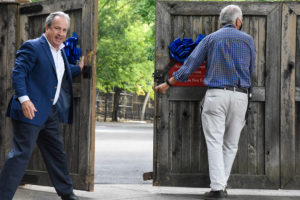
In its earliest days, the Zoo was a tiny menagerie of random animals entrusted to the Park Superintendent by local citizens. People enjoyed visiting the animals in the park so much, though, that in 1876 the Maryland General Assembly agreed to formally create “a zoological collection within the limits of Druid Hill Park for the purpose of public exhibition for the instruction and recreation of the people.” Four years later, an 1880 inventory listed 298 animals in the Zoo’s collection, including 215 deer, 26 geese, 15 white rats, 13 monkeys, 9 rabbits, 4 owls, 3 swans, 2 black bears, 2 wolves, 2 boa constrictors, 1 tiger, 1 gray fox, 1 “nose bear,” 1 ostrich, 1 wild cat, and 1 three-legged duck.
“While a complete overhaul of the Main Valley is not possible at this time, we repaved the pathway, cleaned out the plant growth in most of the exhibits with the help of Ruppert Landscape Company, and worked with Azola Building Rehab to renovate the exterior of both the Round Stand and the Old Elephant House,” said Kirby Fowler, president and CEO of The Maryland Zoo. “With the addition of signs highlighting interesting moments in Zoo history, we are happy to welcome Zoo guests to experience a walk through the past, which we hope will showcase how far zoos have come from menageries to conservation centers for endangered species.” Some of the historic buildings and exhibits that guests will pass include:
- Iron-barred cages and stone dens were constructed from 1902 through the 1930s, many of them as part of President Franklin D. Roosevelt’s Works Progress Administration (WPA). They are relics of an older era when the goal was to showcase exotic animals to a curious public.
- Built in 1930, the Crane Barn was originally known as the Camel House. It has housed several different species over the years, including camels, zebra, moose, and cranes. Currently, there are Abyssinian ground hornbills living at the Crane Barn.
- The Round Cage is the oldest exhibit at the Zoo. It was considered state-of-the-art when it was built in the late 1800s.
- The Round Stand structure was built in the 19th century when the Mansion House was still a private home. Originally, it served as a covered hitching post for horses. Years later, it was converted into a reptile house, a monkey house and then into a refreshment stand for Zoo visitors. The Round Stand has undergone a small restoration which included patching up the roof and repainting the building to what are believed to be the original paint colors.
- An aquatic exhibit built in 1910 across from the Elephant House became home to the Zoo’s sea lions. Many years later, the water was drained and the pool filled with dirt to create a home for prairie dogs. The prairie dogs moved from the Main Valley to a renovated habitat near the Zoo entry in 2009.
- The polar bear exhibit opened in 1942 and housed polar bears until the last residents, Magnet and Alaska, moved to Polar Bear Watch in 2004.
- Mary Ann, the Zoo’s first elephant, moved into the brand-new Elephant House in 1926. That same year, a 600-pound baby Nile hippopotamus named George was transported to Baltimore from the National Zoo in Washington, D.C. George was the Zoo’s first hippopotamus and he lived at the opposite end of the building from Mary Ann. For several decades, Nile hippos and elephants lived on opposite sides of the building, each with a small outdoor area. The hippos moved into the Hippo House in 1967, and the elephants moved to the expanded elephant habitat in The African Journey in 1985.
- Down the hill past the Old Elephant House are the Upper and Lower Wading Bird yards, originally built in part to house penguins, which later took up residence at Rock Island and now Penguin Coast. These yards were also once home to the Zoo’s flock of flamingos and a wide variety of ducks and other small waterfowl.
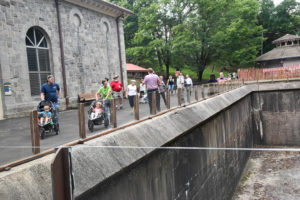
“While there are some bird species still residing in the Crane Barn, which has been updated throughout the years, there are no animals in the old exhibits and cages as they are hopelessly outdated and non-functional,” continued Fowler. “Animals will not be returning to the obsolete cages, but we have launched a planning process to consider ways to accommodate the return of animals to Main Valley at some point in the future.”
“Based on the hundreds of comments we have received over the years,” Fowler concluded, “we know guests will enjoy taking a walk through history and perhaps remembering a time when the Main Valley was a focal point of a Zoo visit.”

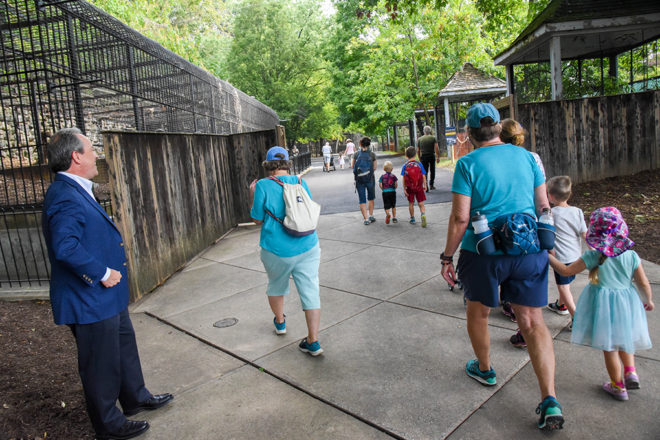

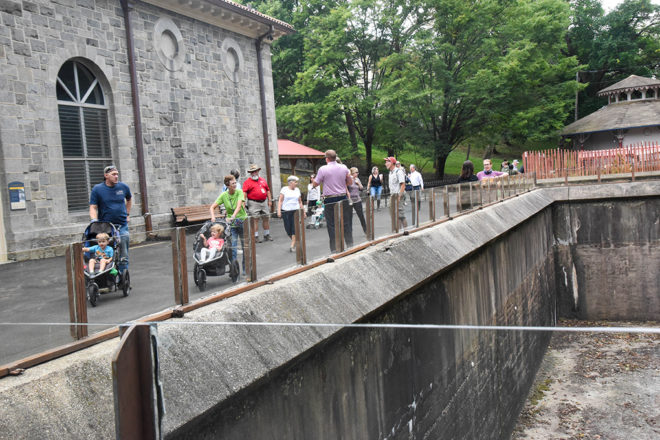


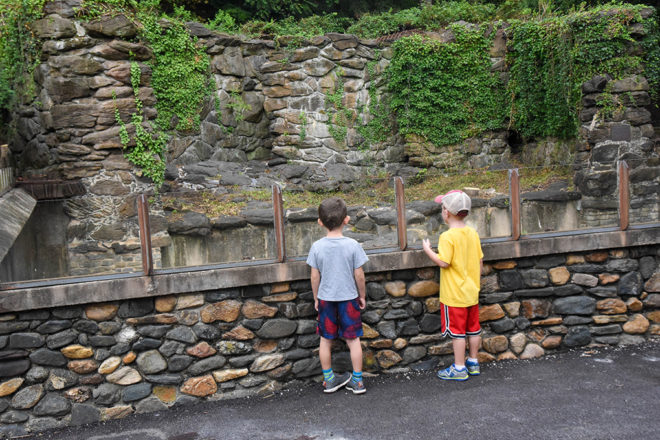
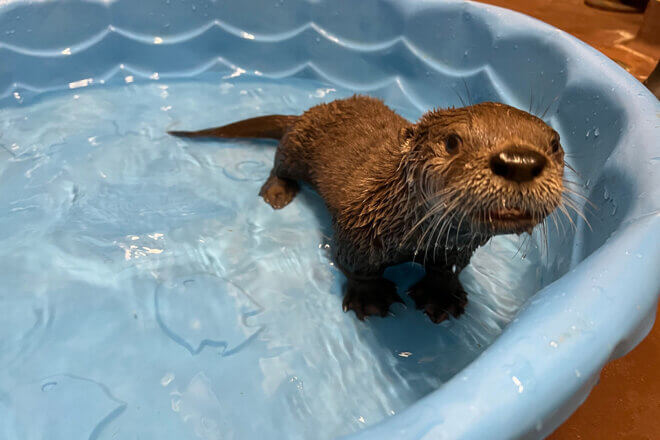
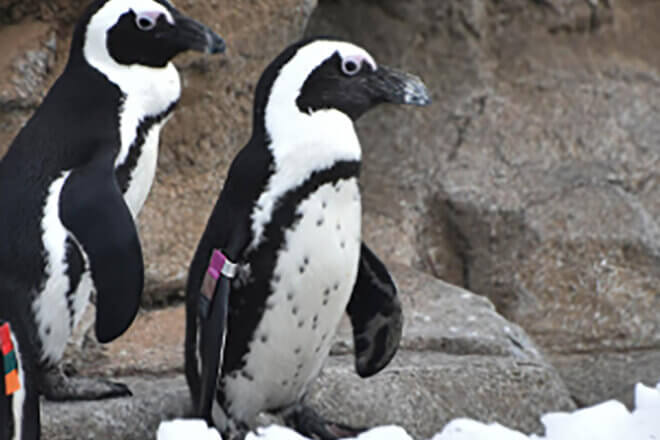
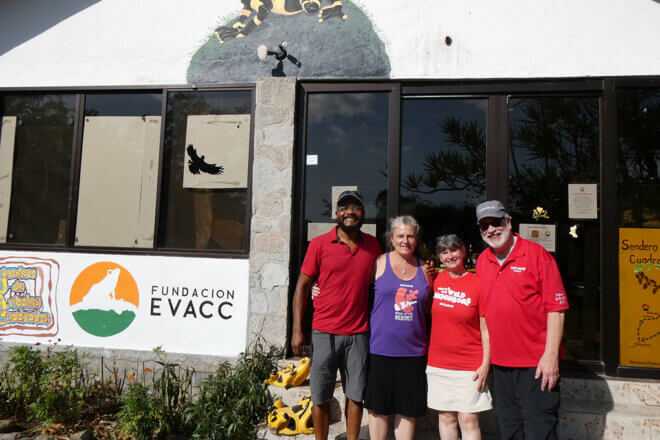
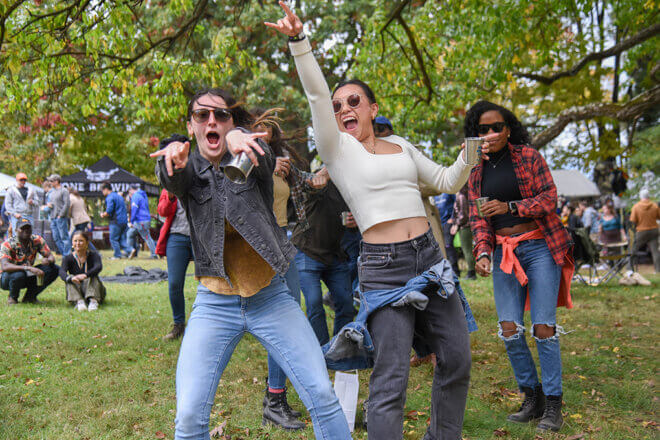
Share this article